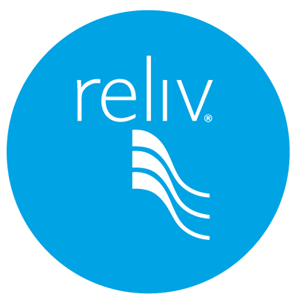By: David Rauf
“I think we can turn this into a positive thing. There’s no real replacement for that in-person connection, but you can get pretty close with a series of video meetings.”
—McKinley Oswald, President Global Sales, Verb
Herbalife
Boosted by a surge in North American sales, Herbalife Nutrition reported record revenue during the second quarter, as the company handily beat Wall Street expectations amid the nearly all-digital sales environment companies are navigating during the COVID-19 era.
This content is restricted to site members. If you are an existing user, please log in. New users may register below.



